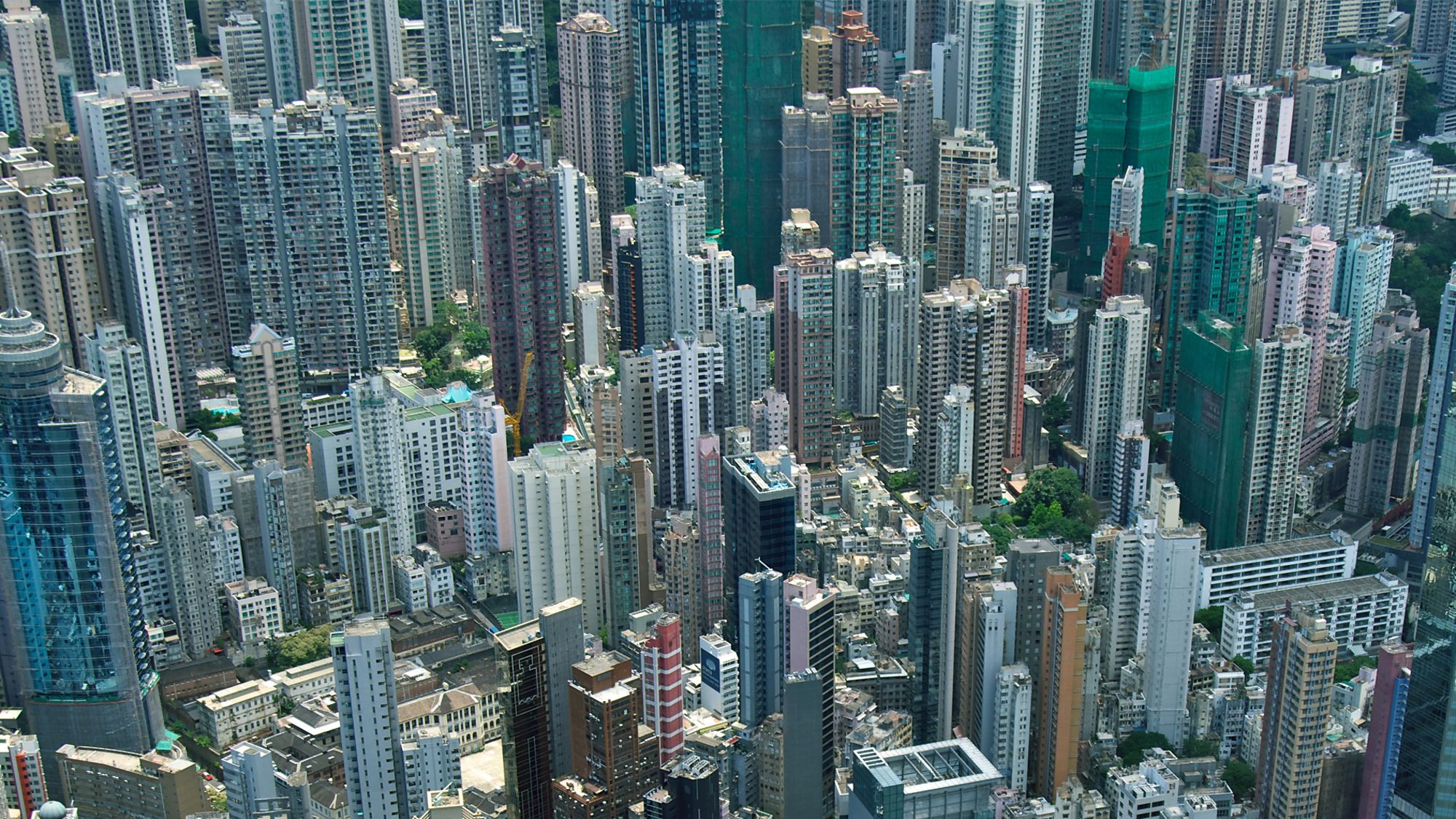Concrete: we can’t live with it, can’t live without it. A combination of cement, water and ground rock or sand, on the surface concrete might seem crushingly mundane. Yet it has defined construction in recent centuries and with it, in part, modernity.
But do we need to re-evaluate our concrete habit for our sakes and the planet’s? Production of cement is disastrous for our biosphere, while the degradation of many concrete buildings has some construction experts predicting a colossal headache in the future.
There are myriad proposed solutions, such as changing the way we make concrete, creating sustainable alternatives or doing away with it altogether. But would we want to live in a world without concrete? And what would that world look like?
Building a world without concrete
“If it ain’t cracked, it ain’t concrete”
“We make more concrete than anything else, any other product, apart from clean water,” says Paul Fennell, professor of clean energy at Imperial College London. One 2015 report estimates that each year approximately three tons of concrete are used for every person on Earth – roughly, 22 billion tons. To put that in context, a recent study estimated that 8.3 billion metric tons of plastic have been produced, ever.
Manufacturing cement, concrete’s binding agent, is energy-intensive, Fennell says. Ordinary Portland cement – the most common form in concrete – is produced by baking lime in a kiln and emits approximately one ton of carbon dioxide for every ton of cement. Cement production is responsible for approximately 5% of global man-made CO2 emissions, according to the World Business Council for Sustainable Development.
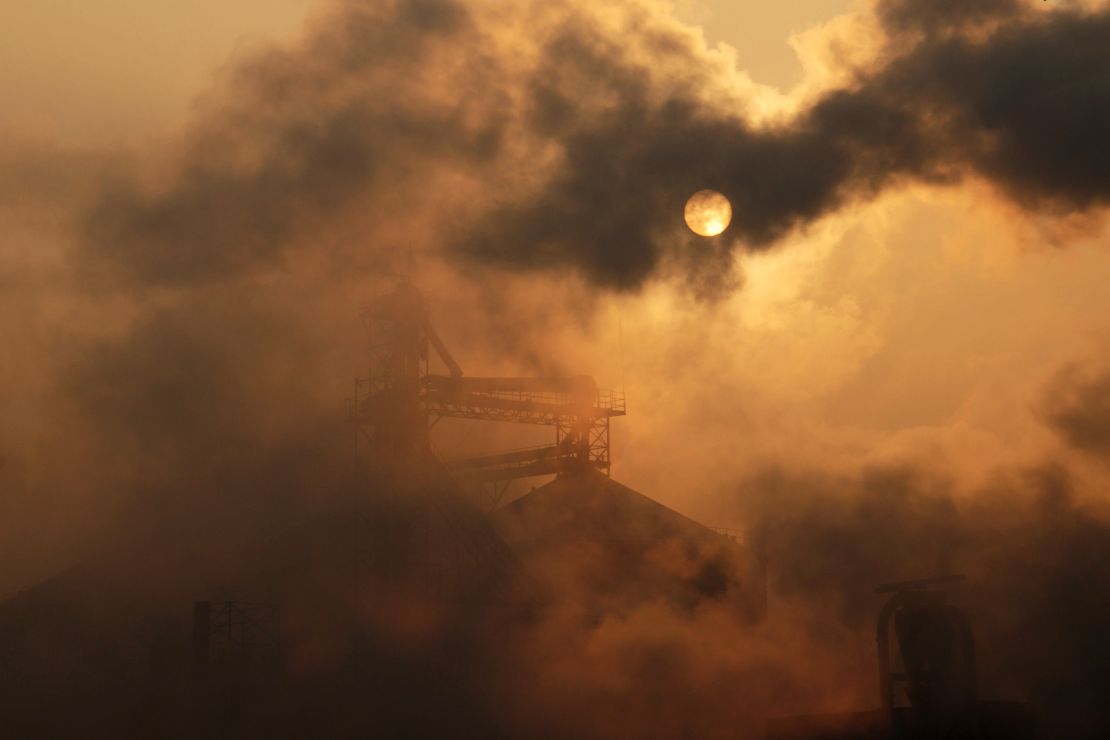
Cement does absorb some carbon dioxide back from the atmosphere over time, Fennell notes. One 2016 study estimated that between 1930 and 2013, the equivalent of 43% of CO2 released from lime during heating was reabsorbed by concrete products worldwide – although that percentage does not include carbon dioxide emitted by the fossil fuels burned to heat kilns, a significant contributor of CO2 emissions during production.
Unfortunately, this absorption comes at a price, particularly when cement is used in structures that feature steel reinforcement bars (rebar) within concrete.
“(As) CO2 moves through cement it changes the pH of the surroundings,” Fennell says. Concrete loses its alkalinity and, when moisture and oxygen are present, causes the rebar to rust.
“Rusting steel can expand with great force to as much as nine times its original dimensions if you add up all of the layers of iron oxide,” says Randolph Langenbach, an international consultant in building conservation. This expansion causes the concrete to crack, flake and crumble.
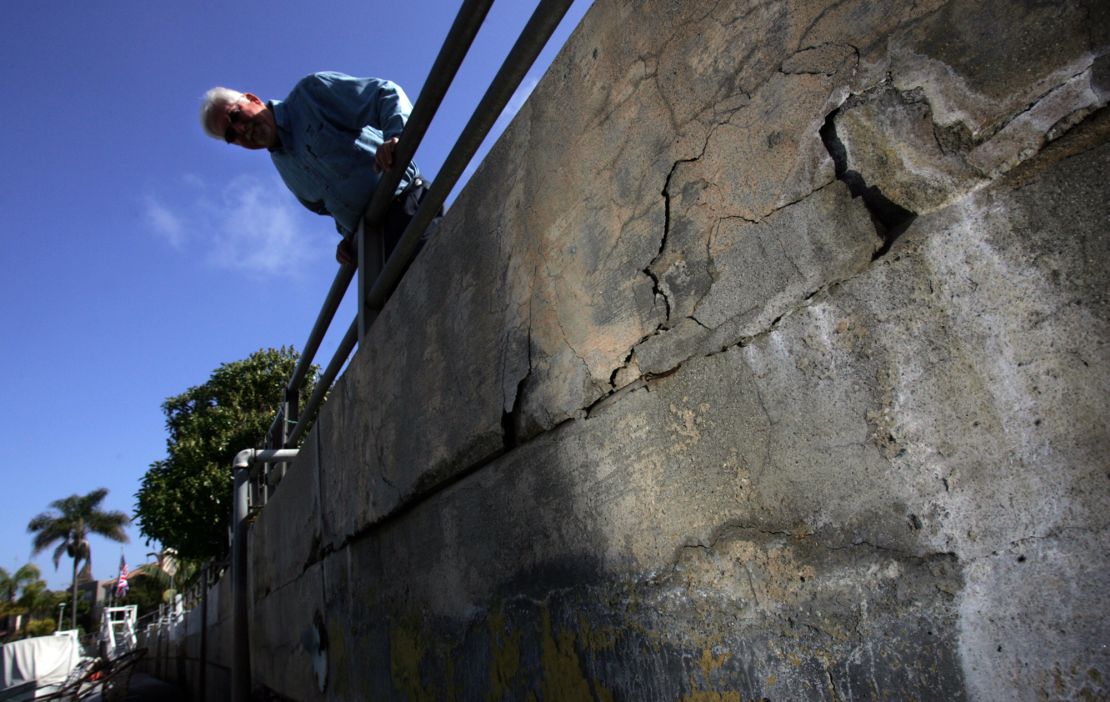
Degradation is a massive concern, he argues, and problems are not limited to rusting rebar. Everything from air pockets left in the concrete mix when it’s laid, to salt air buffeting coastal-facing walls, or the use of beach sand in the concrete, can shorten a building’s lifespan.
As one specialist once put it to Langenbach: “If it ain’t cracked, it ain’t concrete.”
A conservative industry
Given the concerns about the environmental impact and structural longevity of concrete, why do we continue to build with it?
Simply put, concrete is cheap, versatile, quick to erect and requires no addition fireproofing. It’s also a known entity, and that carries a lot of weight. So-called “novel” cements, some with “greener” formulas, have been developed, but radical changes to industry standards are likely to be met with caution by constructors, Fennell argues.
“If you want to build the next Burj Khalifa, you’re not going to get any of these new types of cement in there for a long time,” says Fennell, “because people don’t know how they will stand up to 20 or 30 years’ worth of degradation.” A 2017 report commissioned by the UK government failed to identify any publicly available lifecycle studies focusing on novel cements, for instance.
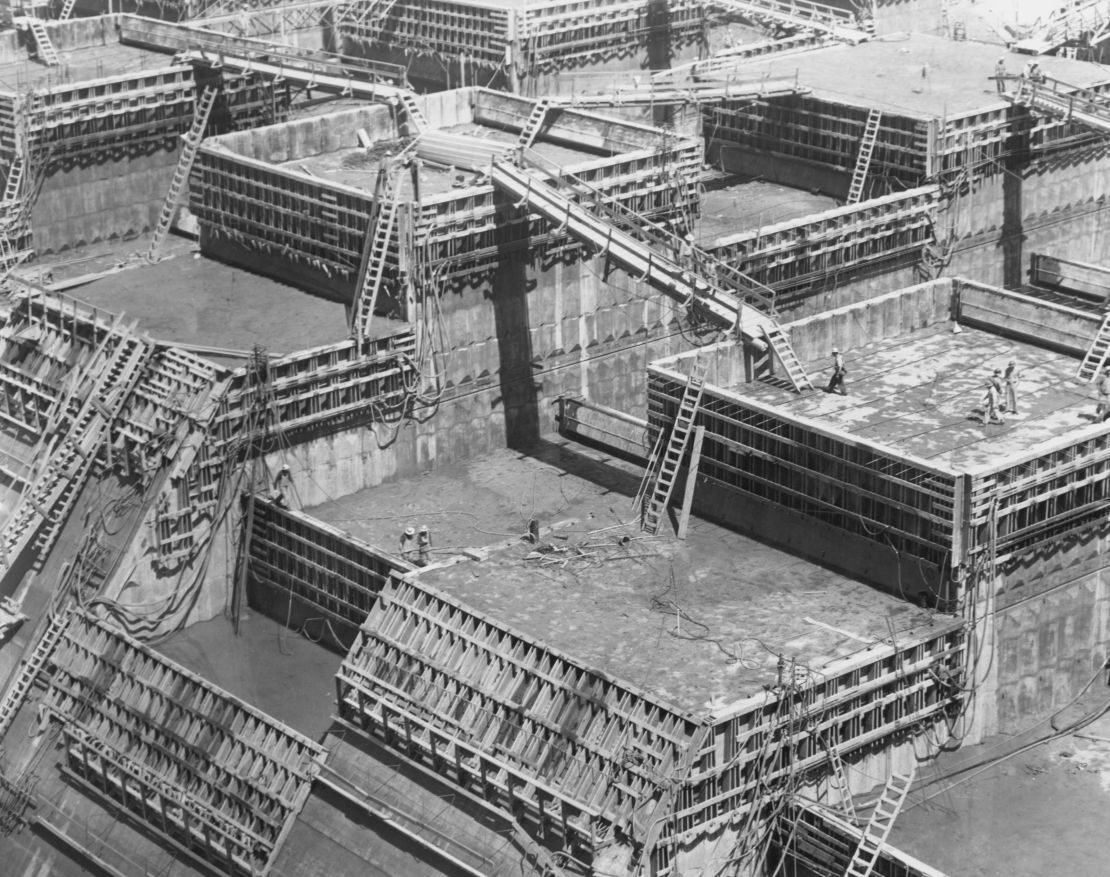
Langenbach has a more skeptical take. “Making concrete (…) is a huge business, so much so that it’s sort of become identified as the mafia – at least in this country (the US).” Historically, there have been connections to the New York mob, and there’s certainly still money to be made. The USGS estimates cement sales for concrete in 2017 were “worth at least $65 billion” in America alone.
Something old, something new
Some architects are trying to solve the concrete problem by pursuing more sustainable materials – both old and new.
Californian firm Aidlin Darling Design prides itself on its ethical architecture, and co-designed the Windhover Contemplation Center, an award-winning spiritual refuge at Stanford University built with colossal rammed earth walls.
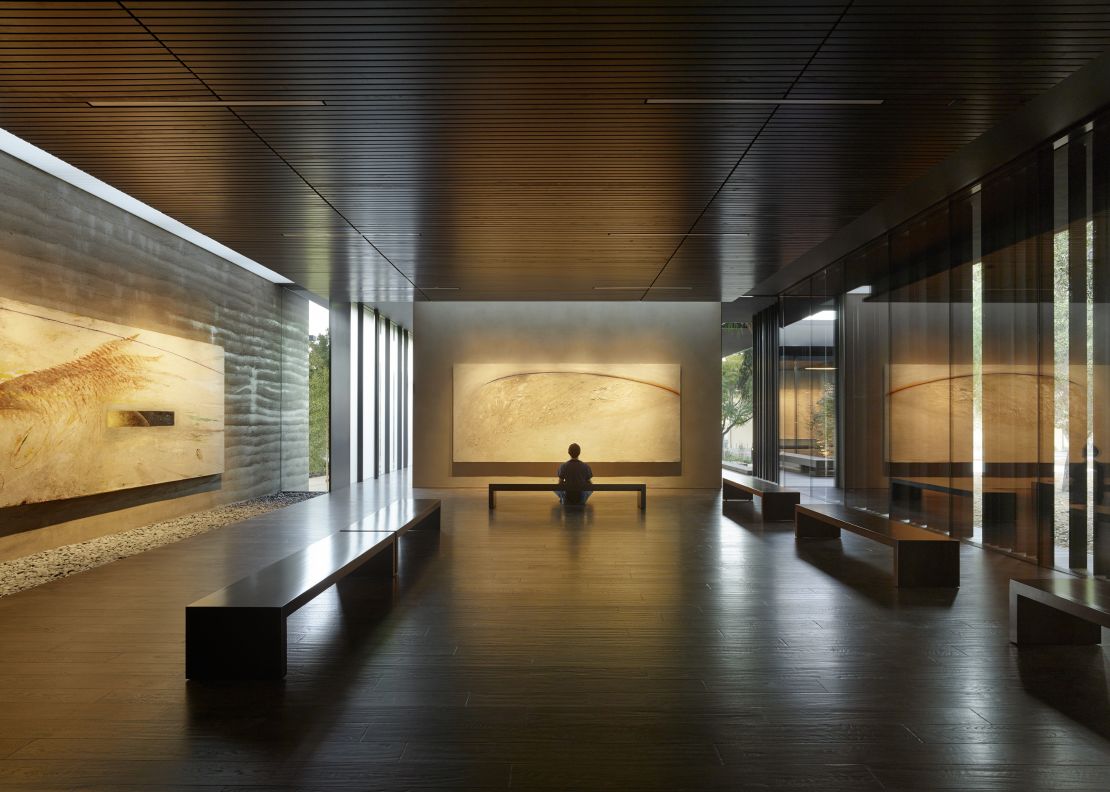
Rammed earth is a combination of unbaked materials – such as gravel, sand and clay – and locally-sourced earth, compressed within a frame, has been used as a building material for thousands of years. Recently, it has experienced a revival in high-end construction.
“It’s art and science all in one,” says partner Joshua Aidlin, describing the low-impact material. Windhover’s walls are 24 inches thick and “ended up being denser than many of our concrete walls,” says Aidlin – but notes that there were “hurdles” in having the building approved by authorities, because they weren’t familiar with it.
The reprisal of old – sometimes ancient – building materials and techniques could be crucial for sustainability. Langenbach specializes in post-earthquake surveying and disaster recovery. He says vernacular architecture – specific to residents’ needs and utilizing local building resources – is often highly resilient, citing 700 to 1,000-year-old unfired clay construction in Iran that has withstood serious tremors while newer buildings collapsed.
Haiti’s 19th and 20th century “gingerbread houses” provide another example, Langenbach adds. Those built with the “colombage” – or half-timber – system fared particularly well in 2010’s devastating earthquake, he says. The Oloffson Hotel, a famous Gothic-style Gingerbread mansion built with un-reinforced brick masonry, remained operational when the rest of the country ground to a halt.
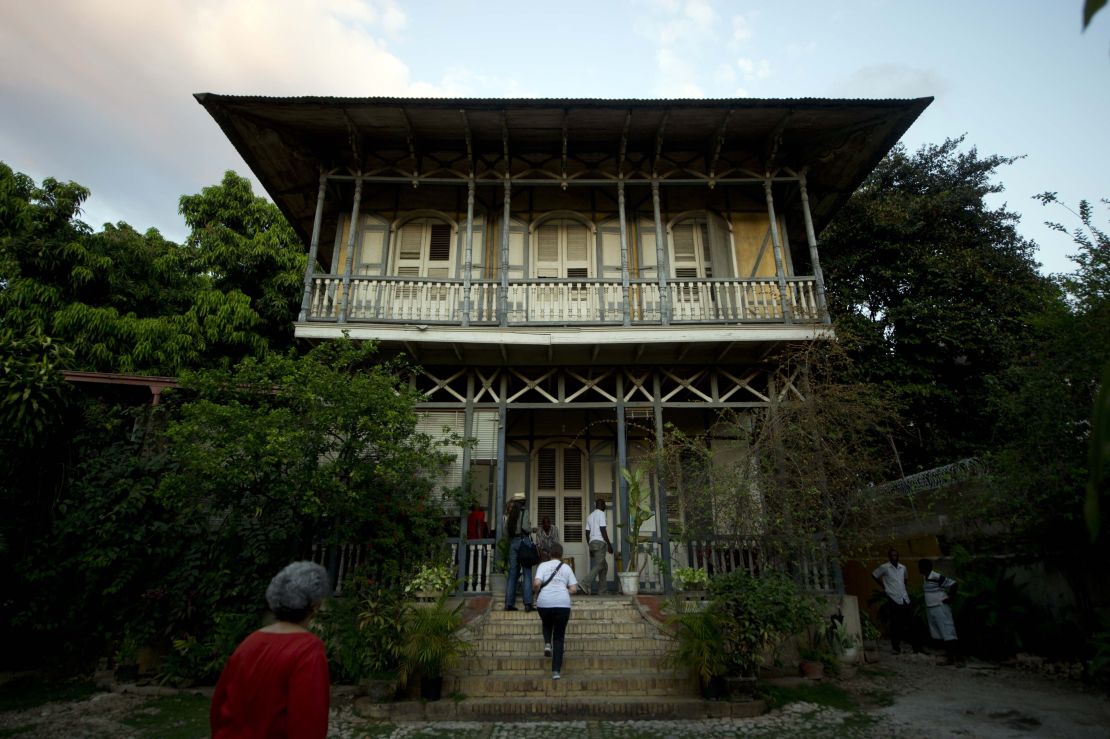
However, Evan Reis, a structural engineer and executive director of US Resiliency Council, says that statistics show that concrete structures are far better at withstanding earthquakes than unreinforced brick buildings.
He argues that concrete’s resiliency to natural disasters also contributes to its sustainability.
“Concrete has been shown to be very resilient to earthquakes, hurricanes, floods, fires, and if you’re looking at sustainability in the long term, you have to look at how likely a building is to survive those disasters,” he told CNN.
“If a building is damaged and has to be demolished then there’s an environmental cost in the energy required to demolish the building, to haul the stuff to a landfill and to replace the destroyed building. So it’s not all about the initial environmental cost of the building, it’s the long-term value of the building.
“If you have to replace a building multiple times over 50 or 100 years, how green is it in in the end?”
A more sustainable concrete?
A Japanese design firm has injected silica with carbon dioxide to produce a purportedly carbon-negative building material; a Dutch team is experimenting with “living” concrete that self-heals; “C02NCRETE” made with “upcycled” carbon dioxide has been developed in the UK; hemp and lime have been combined to produce “Hempcrete”; and Enviroblocks have been produced from recycled aggregates. Various materials that incorporate graphene – the world’s strongest material – are also being developed.
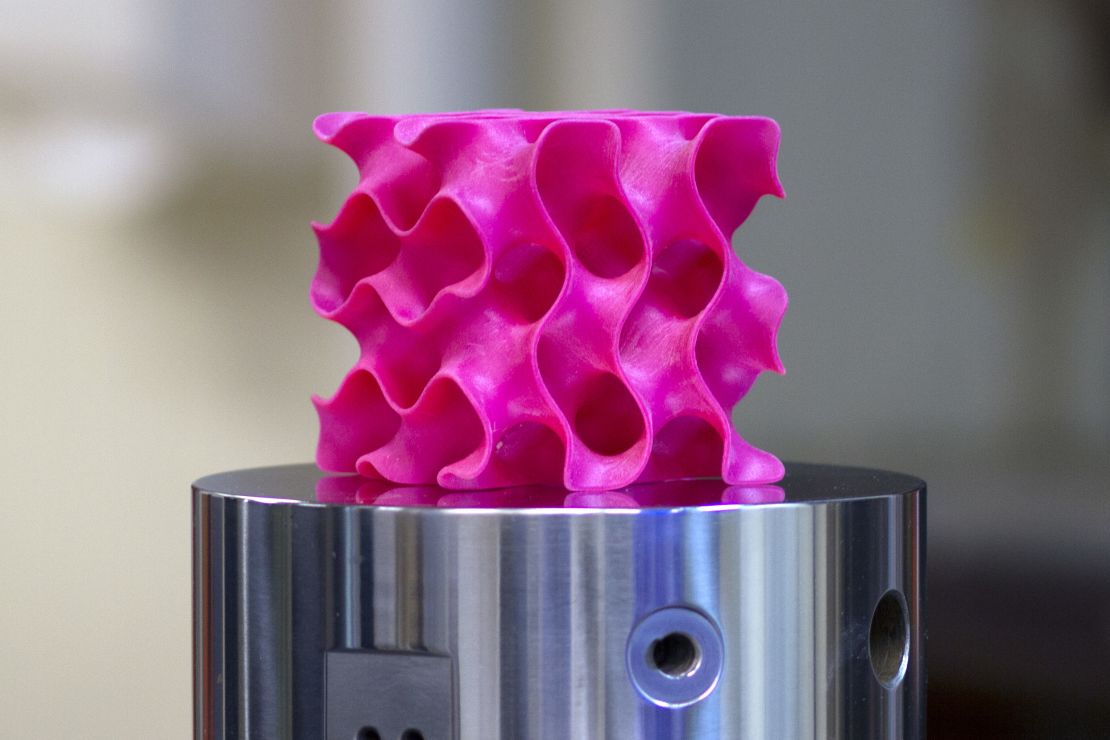
Such high-tech solutions sound promising, but the road to mainstream acceptance is littered with alternatives that never stuck – either because they couldn’t scale up or make their bottom line work. Perhaps producing and using concrete in a more sustainable way is the answer?
“Cement is key to modern society,” says Fennell. “We need to work out a way to make it more sustainable at source.” The cement industry, he adds, has been reducing its CO2 emissions by burning biogenic waste – organic materials such as agriculture by-products – in cement kilns.
Project LEILAC (Low Emissions Intensity Lime and Cement) is a European initiative that is developing technology to capture and store the carbon dioxide produced by cement production – rather than release it into the atmosphere. Fennell says carbon capture techniques, combined with alternative fuels, could help achieve an EU target of cutting emissions to 80% below levels recorded in 1990 by 2050.
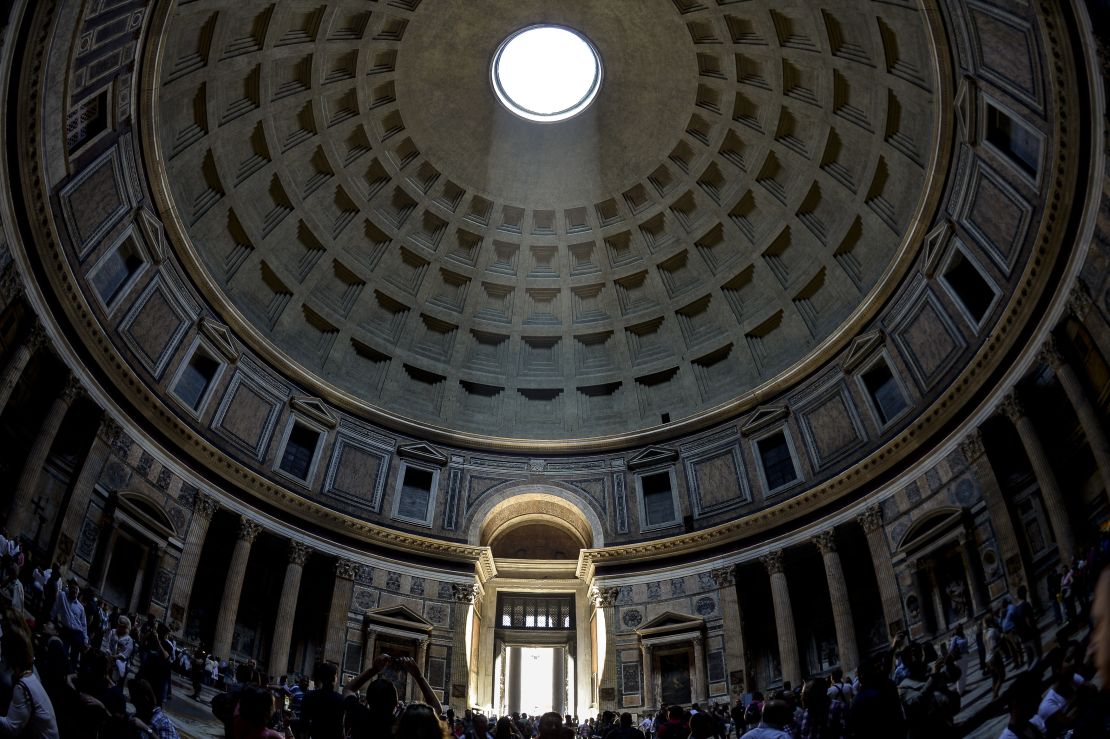
Increasing the lifespan of concrete buildings would also ease the burden. Concrete can withstand the ravages of time if applied correctly. The Pantheon in Rome, which boasts the world’s largest unreinforced concrete dome, has stood for nearly 2,000 years. But few modern structures can match this engineering marvel.
A difficult question
So can we really live without concrete? Langenbach is not optimistic. “We have built so many reinforced concrete structures, and are continuing to build them, probably for the next 75 to 100 years more, particularly in China,” he says. “These buildings are almost all likely to have to be replaced or undergo significant structural repairs to their reinforced concrete frames within 50 to 150 years. Your eyes grow wide when you think of the scale.”
Aidlin has similar reservations. “It’s the quickest, the easiest (material) to build with,” he says, particularly in parts of the developing world and where resources are scarce. “But I would never say never,” he offers, more in hope than expectation.
For the moment, at least, it feels like concrete is here to stay – even if most of the buildings made with it are not.
Editor’s note: This story has been updated to include comments from the US Resiliency Council. It also clarifies the relationship of concrete and cement with CO2 emissions.

